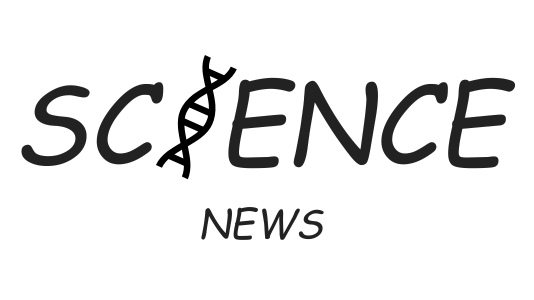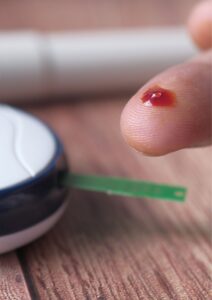Imagine this: At first light, the world is slowly coming to life, and in tens of thousands of homes, a scene is quietly being played out. Parents, kids, teens, and older people all over America are getting ready for the day, but they also have to do one more thing: reach for their life-saving medicine, insulin. This is an essential ritual for the 37.1 million Americans who have diabetes and can’t get out of it. But what if this way to save lives costs a lot? A price tag that seems more like a treat than a necessity? A price tag that makes many people gasp, not because of the sickness but because of how much it costs to stay alive?
Hello, people who are reading this. Today, we will dive into the deep and murky seas of insulin pricing, a trip that may leave us shocked and confused but hopefully better informed. Get ready for a deep dive into why insulin, a drug that has been around for more than 100 years, pushes people to the edge of financial ruin and what we can do as a society to improve things. This blog post is based on the insightful paper “The High Cost of Insulin in the United States: An Urgent Call to Action” by S. Vincent Rajkumar, MD.
The Cost of Survival: The Hefty Price of the Vital Lifesaver
Pharmaceutical businesses can charge unreasonable rates because of the population’s desperation for insulin. This is because insulin is an essential requirement for persons with diabetes rather than a luxury that may be skipped. In the US, patients may be required to pay between $125 and $450 for a single vial of insulin in 2021, which is alarmingly high compared to the reasonable $2.28 to $3.42 per vial production cost.
Insulin Market Control by the Triad: Corporate Dominance
It is unsettling that three major businesses have a nearly monopolistic hold on the American insulin market. In total, they control more than 90% of the global market for insulin. These industrial giants can maintain their excessive prices because they have no competitors, eventually reducing patients’ access to care.
The Evergreen Effect of Patent Extensions: Extending the Monopoly
Insulin still has a patent even though it was only discovered in 1921 and is a medical marvel. This situation results from “patent evergreening,” a constant process in which manufacturers make iterative product improvements and changes and get new patents each time. By essentially prolonging their monopoly, they stop competitors from developing and marketing cost-effective alternatives.
The Biosimilar Bottleneck Is Preventing Access to More Affordable Remedies
Insulin-like biosimilars, medications nearly identical to their biological equivalents, might displace the market monopoly for insulin. Despite having a lot of potentials, they cannot access the US market because of substantial obstacles like onerous regulatory processes and ongoing legal problems.
The Invisible Contributors to Price Inflation: The Role of Middlemen
Wholesalers, retail pharmacies, and pharmacy benefit managers (PBMs) are just a few intermediaries that insulin encounters as it travels from the production line to the patient’s hand. Each middleman adds their markup, which raises the cost of insulin. Without strict regulations, this series of events would result in an exorbitant final price that patients would have to pay.
An Account of Differing Prices: The Startling Global Inequality
A 2019 analysis found a shocking price difference between countries for insulin. Insulin costs an average of $98.70 a vial in the US, significantly more than the $6.94 and $12 prices in Australia and Canada. With its lack of transparency and stringent regulations over pharmaceutical pricing, the American healthcare system stands out due to the massive price gap between countries.
The Final Challenge: The Influence of Pharmaceutical Lobbying
A massive war chest is used to finance effective lobbying for drugs in the US. This overwhelming factor frequently operates as a substantial impediment to future systemic changes that would reduce the cost of insulin.
Conclusion: A Paradigm Shift is Critically Needed
So, there you have it: the strange story of how insulin is priced in the United States. This critical drug’s price has been rising because of a mix of monopolies, constant patent increases, legal loopholes, and powerful lobbying groups. But every story has a little hope, a chance for things to change. For us, the power is in what we know, say, and do together.
Insulin is a life-saving drug that has been around for a century, but its price is crazy high. This is a story that needs to be told. But it doesn’t end here. This story goes on, and like all stories, it could end differently, one that we can all change.
I hope you’ll share this information with others and use it to start new talks. Let’s talk about more than just insulin and the cost of health care. Everyone should be able to get their “elixir of life” without going into debt. Until the next time, keep learning and asking questions.








